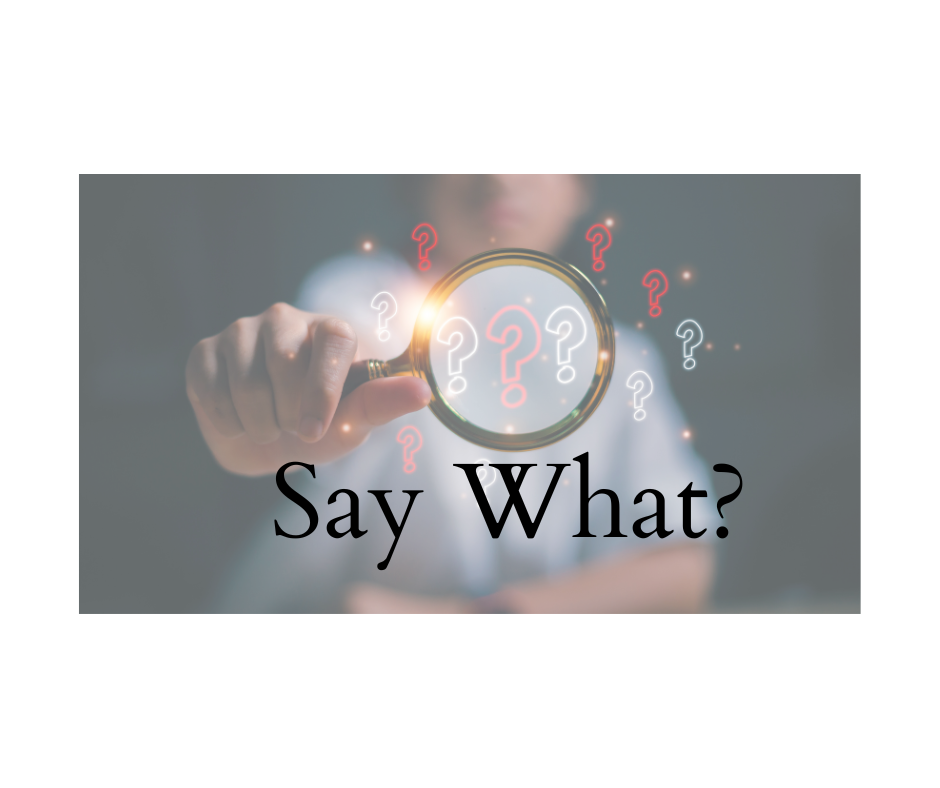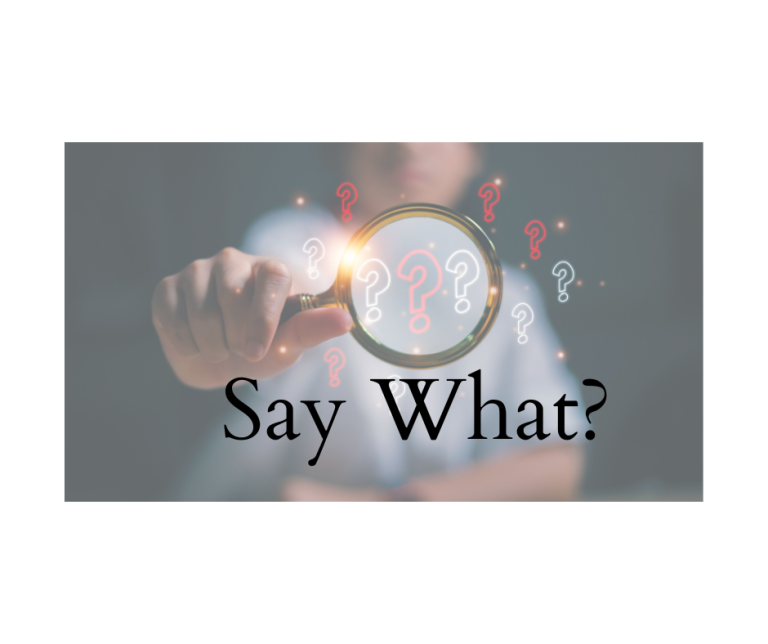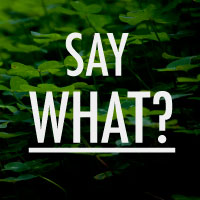Don’t Abuse the Dot-Dot-Dots
Writers often succumb to dot abuse. Well, I’ve heard some people call ellipses “dots.” I’m not talking about the candy here. These are very useful bits of punctuation that every writer will need to use sometime. But these three little dots get tossed around too much and are used where they shouldn’t.
The ellipsis consists of three evenly spaced dots (periods) with spaces between the ellipsis and surrounding letters or other marks. The only time you don’t leave a space between an ellipsis “dot” and a surrounding mark is when it falls next to a quotation mark:
- “. . . I . . . I can’t breathe . . .”
Notice that it is perfectly correct to include punctuation in speech alongside ellipses as desired:
- “Am I . . . going to die . . . ?”
- “But I have to get there . . . ,” he said.
Ellipses have a few different functions. Here are the main uses for an ellipsis:
- To indicate trailing, faltering, or interrupted speech (which is the most common use for fiction writers)
- To indicate text that is missing or omitted from a quotation (there are specific style formats for that)
As with exclamation marks or italics, one can overdo the use of ellipses. I sometimes see ellipsis abuse all over the place. Ellipses used for sudden cutoff of speech (that’s where you use an em dash, not an ellipsis), for pauses when there should be none, for a poetic feel (really doesn’t work). Ellipses running amok when they should be used sparingly and appropriately.
Just so you know: If you are quoting material and omit words following the end of a sentence, you’ll want to use four dots (one is the period for that sentence) like this:
- “Six people were injured. . . . whether any survived is unknown at this time.”
Another good use of ellipses (although this is not a rule but a handy style choice) is when you are showing only one side of a phone conversation, and you want to indicate those pauses showing the character is listening:
- “Yes? . . . This is he . . . No, I don’t want to buy a vacuum . . . no, not an encyclopedia either. Good-bye.”
By the way, those “dots” are called ellipsis points or ellipsis marks. But you can call them “dot-dot-dots,” if that makes you happy!








Great post, as always!
The only thing I’d take issue with is the formatting of an ellipsis. (I’ve been a typesetter and proofreader for two decades.)
With the advent of e-book formatting, though, you’ll see digital editions laid out with an ellipsis formatted as three periods in a row, no spaces between them. Some formatters will put a space before and after the entire ellipsis; others will place a space only before or only after the ellipsis. But they tend to put a space somewhere… just not between the periods themselves.
This is because one cannot control how an e-book looks on an individual’s e-reader. Fonts are resized. Screens are all different. Using this formatting at least keeps the ellipsis together and unbroken, and therefore easier to read.
For print layout, things are as you state, although we’re starting to see print layout using the same rules as e-book layout. This is most likely just to save time and effort when a book comes out in both print and e-book formats.
Thanks, Linda. Your concerns apply when a manuscript gets to the actual publishing stage, but the CMOS rules are what I’m presenting. In my editing and proofreading, as well as in my manuscripts, I use nonbreaking spaces (control+shift+space bar) for the two spaces between the ellipsis points, so the three “dots” won’t be broken up across lines. I’ve found that publishers will do something similar when getting to the formatting stage in preparation for galleys (at least all mine have). Thanks for sharing this.
Ok, Suzanne, this is just spooky. I’m doing a last run-through of my novel and have noticed a number of dots just as you mention. Thanks to both you and Linda for expanding on dots. When I did the replacement you suggested, I actually had one dot sequence break up just as Linda discussed. And when I came back to write my comment, there you were with the way to solve that. Awesome!
Thank you for covering this seemingly tiny point(s). It drives me crazy when a manuscript is riddled with ellipses. I came up through the ranks as a journalist (in the old days) so I tend to be even stricter, using them only to indicate a gap in a quote. I’ve tried to ease up a bit. I’m going to tweet this and make sure to save it as reference for fellow writers who tend to be too… elliptical.
Thank you! I seem to add the … more on an unconscious level. It’s great to know that I should at least think about why I am using (dot.dot.dot)
My manuscript had a bad case of Morse Code disease (ellipses and em-dashes). A number of people at the Yahoo Critical Writing Group gave me a hard time about it. David Jackson, the group owner, is brilliant and witty; he called it the William Shatner school of dialog. It’s hard to argue with someone who makes you laugh.
At first I resisted their advice and even justified the practice, but the more I looked at my writing, the worse it looked. I eventually began using Search and Replace to normalize my style.
I keep mine spaced, but I’m noticing the unspaced treatment a lot. Thanks for the non-breaking space trick; I happen to know I’ll be needing that very soon.
This is a very useful post…I had been wondering if I’d been on the right track!
One observation: Are the points used to indicate trailing off or faltering thoughts not called suspension points rather than ellipsis points? I was taught in school (I’m a copyeditor) that ellipsis points are used to indicate an omission, and suspension points are used to indicate the other. I know this is just a matter of a title (the points look the same in the document regardless of what they’re called), but I wanted to be completely clear. We were also taught to space the three points closed up with a thin space on either side, but that may just be the house style I’ve grown used to. Looking in the Chicago, I see their recommendation is for evenly spaced points just as you suggested.
Thanks for the great post.
I’ve never heard of suspension points, but a rose by any other name …
Thank you for posting this! I just finished writing my first fiction book and now have to go through and scale down all the …’s!